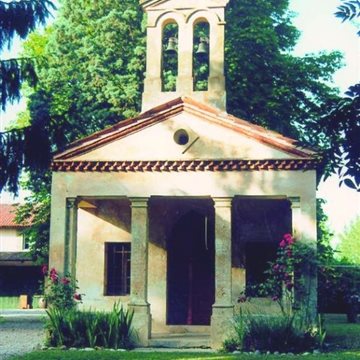 Lorenza Cesaratto
Lorenza Cesaratto
Aquileia, a treasure chest
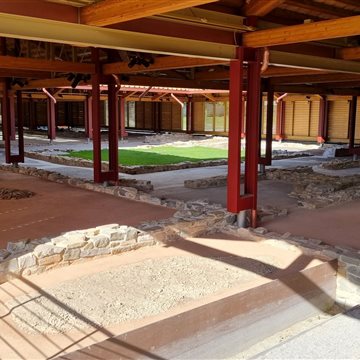
15Oct2021



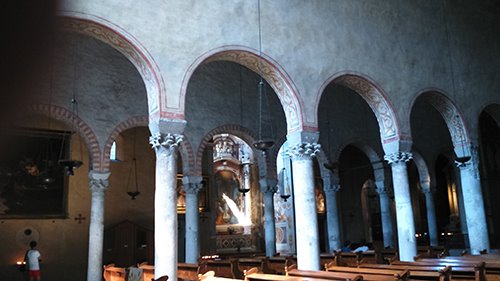 The hill on which stands the church stands is a must for those visiting the city: it is also home to the Castle, the Civico Museo di Storia ed Arte and the Orto Lapidario. And just as we see it today, the church was erected on the remains of an ancient basilica, in turn built over a Roman temple dedicated to the Capitoline Triad (Jupiter, Juno and Minerva). The façade highlights its two-thousand-year-old history: the jambs of the portal, for example, are derived from a Roman funeral stele (dated to the first century AD), while the bronze busts are from the modern era and the rose window is Gothic.
The hill on which stands the church stands is a must for those visiting the city: it is also home to the Castle, the Civico Museo di Storia ed Arte and the Orto Lapidario. And just as we see it today, the church was erected on the remains of an ancient basilica, in turn built over a Roman temple dedicated to the Capitoline Triad (Jupiter, Juno and Minerva). The façade highlights its two-thousand-year-old history: the jambs of the portal, for example, are derived from a Roman funeral stele (dated to the first century AD), while the bronze busts are from the modern era and the rose window is Gothic.
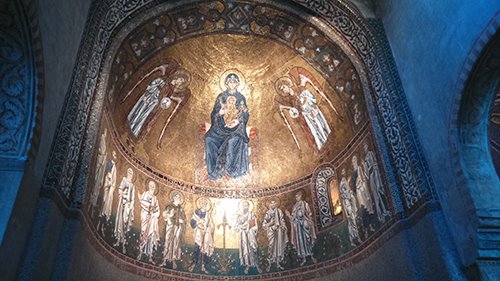 The interior of the cathedral, with five naves, offers a unique spectacle. The mosaics of the left apse which, thanks to their light and grandeur, inevitably attract the visitor's gaze, are clearly of Byzantine inspiration and date back to about the 12th century. Of the countless treasures that you can admire here, I cannot help but mention the halberd of Saint Sergius, which later became the emblem of the city or the sandstone statue of the lamentation of Christ. The rose window of the façade, seen from the inside, impresses by its magnificence and the way it filters the external light.
The interior of the cathedral, with five naves, offers a unique spectacle. The mosaics of the left apse which, thanks to their light and grandeur, inevitably attract the visitor's gaze, are clearly of Byzantine inspiration and date back to about the 12th century. Of the countless treasures that you can admire here, I cannot help but mention the halberd of Saint Sergius, which later became the emblem of the city or the sandstone statue of the lamentation of Christ. The rose window of the façade, seen from the inside, impresses by its magnificence and the way it filters the external light.
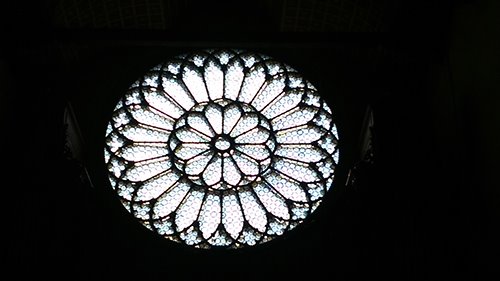 The interior of the cathedral is a riot of artistic styles and very different cultural contributions, but here they have found a harmonious balance. It is a story of stone, colour, matter; a story exposed in plain sight to our eyes, the story of a city of a “contrasting grace”, of a distant past but still present, a tale of symbols and identities fused together.
The interior of the cathedral is a riot of artistic styles and very different cultural contributions, but here they have found a harmonious balance. It is a story of stone, colour, matter; a story exposed in plain sight to our eyes, the story of a city of a “contrasting grace”, of a distant past but still present, a tale of symbols and identities fused together.
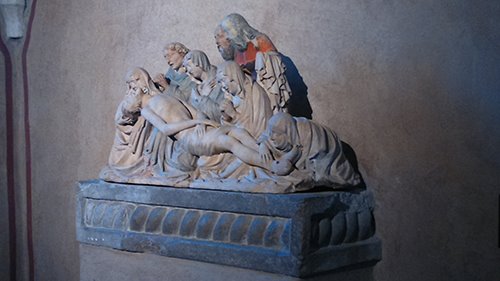
Find out about the ideas and offers for this experience in Friuli Venezia Giulia

 Lorenza Cesaratto
Lorenza Cesaratto

 Giovanni Morassutti
Giovanni Morassutti

 Giovanni Morassutti
Giovanni Morassutti
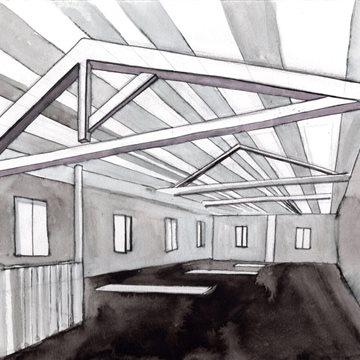
 Giovanni Morassutti
Giovanni Morassutti
